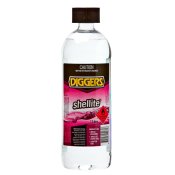Deleted member 88956
Am I correct in that all (or most) mounting fluids in use for wet scanning are essentially mineral or white spirit / naphtha / turpentine? Every and any one of these is suitable? Smell is another matter of course.
Are "odorless" mineral spirits really ... odor less?
Gamsol - anyone using it.
The point to these questions is that there are cutely named fluids that make seems like THE product to get for wet scanning at a "proper" price of course, or there are general products that appear chemically the same at a fraction of the cost.
Are "odorless" mineral spirits really ... odor less?
Gamsol - anyone using it.
The point to these questions is that there are cutely named fluids that make seems like THE product to get for wet scanning at a "proper" price of course, or there are general products that appear chemically the same at a fraction of the cost.



